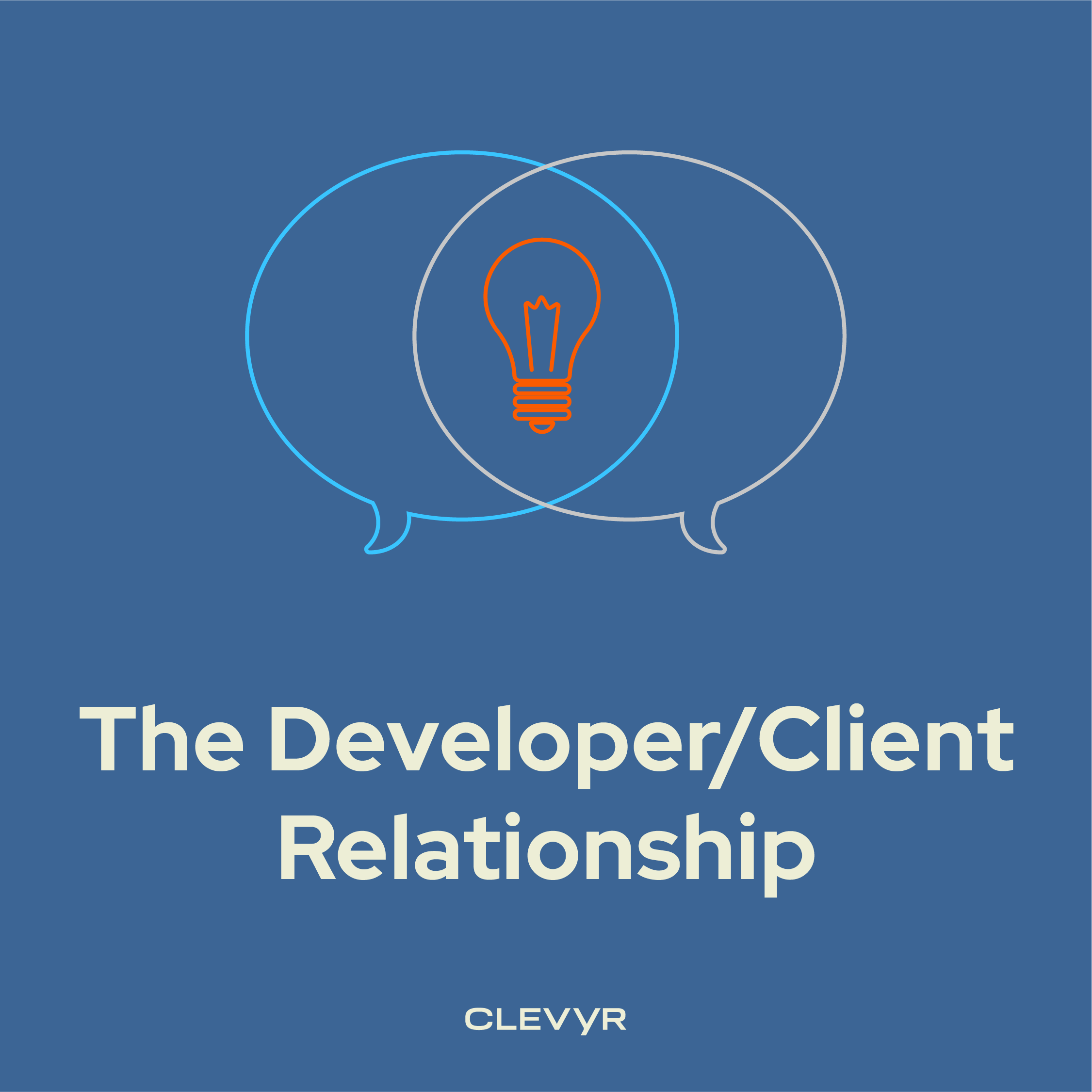I’m a people pleaser. I came right out of the womb wondering if my cry was too loud for the doctor. From the playground to job interviews, I’ve always found a way to say “yes,” even when it meant absorbing the consequences—anything to make someone else’s life easier.
As a professional, the discomfort of disappointing someone always outweighed the benefits of saying “no.” Then I met my current boss.
I’m sure this is a well-known concept, but the first time I truly understood “The Power of ‘No’” was through her. I had been finding myself in situations—both with clients and my team—where my fear of disappointing someone was preventing me from making the best, most informed decisions for the project. She reframed it for me in a way that finally clicked: “The cost of saying ‘yes.’”
Every time you agree to something, you’re inadvertently giving something else up. In project management, this tradeoff happens multiple times a day. A client might request a new feature, developers might propose using a new language, or a stakeholder might want to shift priorities. While these requests often come with good intentions—and sometimes even great ideas—they also come with consequences, whether in budget, timelines, or team morale.
Embracing the power of “no” has been transformative for me as a project manager. Here are three common scenarios where I’ve found saying “no” to be an invaluable tool:
Protecting the Project Scope
Scope creep can derail even the most well-planned project. Saying “no” to requests that fall outside the agreed-upon scope prevents unnecessary delays and keeps your team focused on the original goals.
Example: “That feature is great, but it’s not part of our current deliverables. Let’s add it to the backlog for future consideration.”
Preventing Team Burnout
It’s tempting to say “yes” to unrealistic deadlines or workloads to avoid disappointing others, but overloading your team can lead to burnout and poor results. Saying “no” helps prioritize their well-being.
Example: “I appreciate the urgency, but we need more time to deliver a quality result without overloading the team.”
Fostering Long-Term Relationships
Sometimes saying “no” to quick fixes ensures sustainable solutions, which builds trust over time.
Example: “This quick fix might work for now, but it’s not sustainable. Let’s focus on a long-term solution.”
The Cost of Saying “Yes”
Learning to say “no” isn’t about rejecting ideas or creating conflict. It’s about making strategic choices that protect your project, your team, and your client’s best interests. Every “yes” has a cost, whether it’s time, money, or focus.


